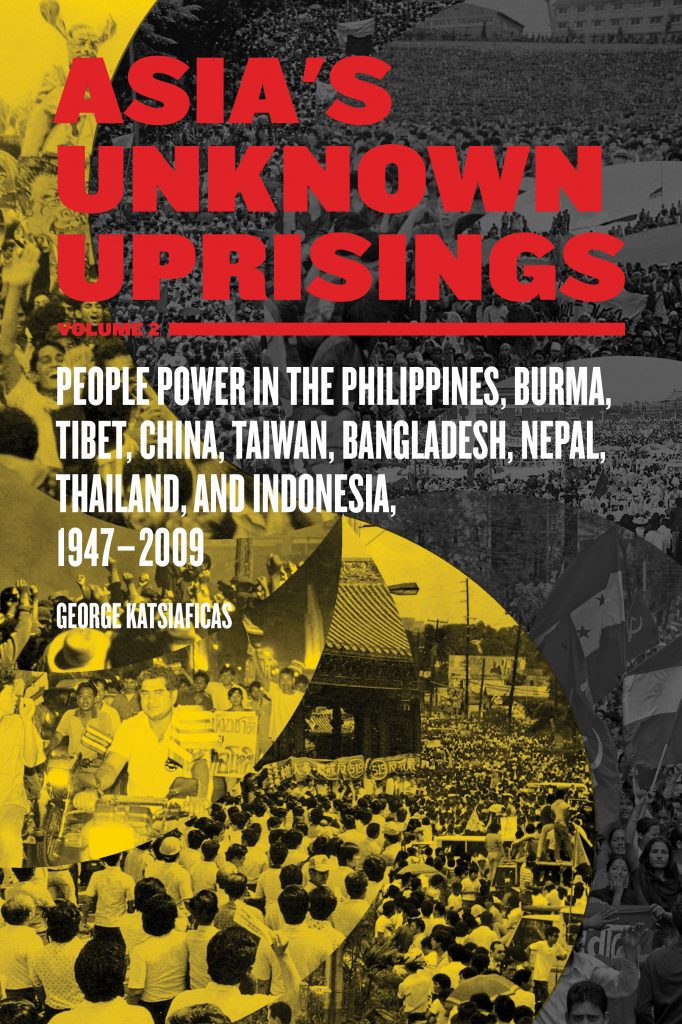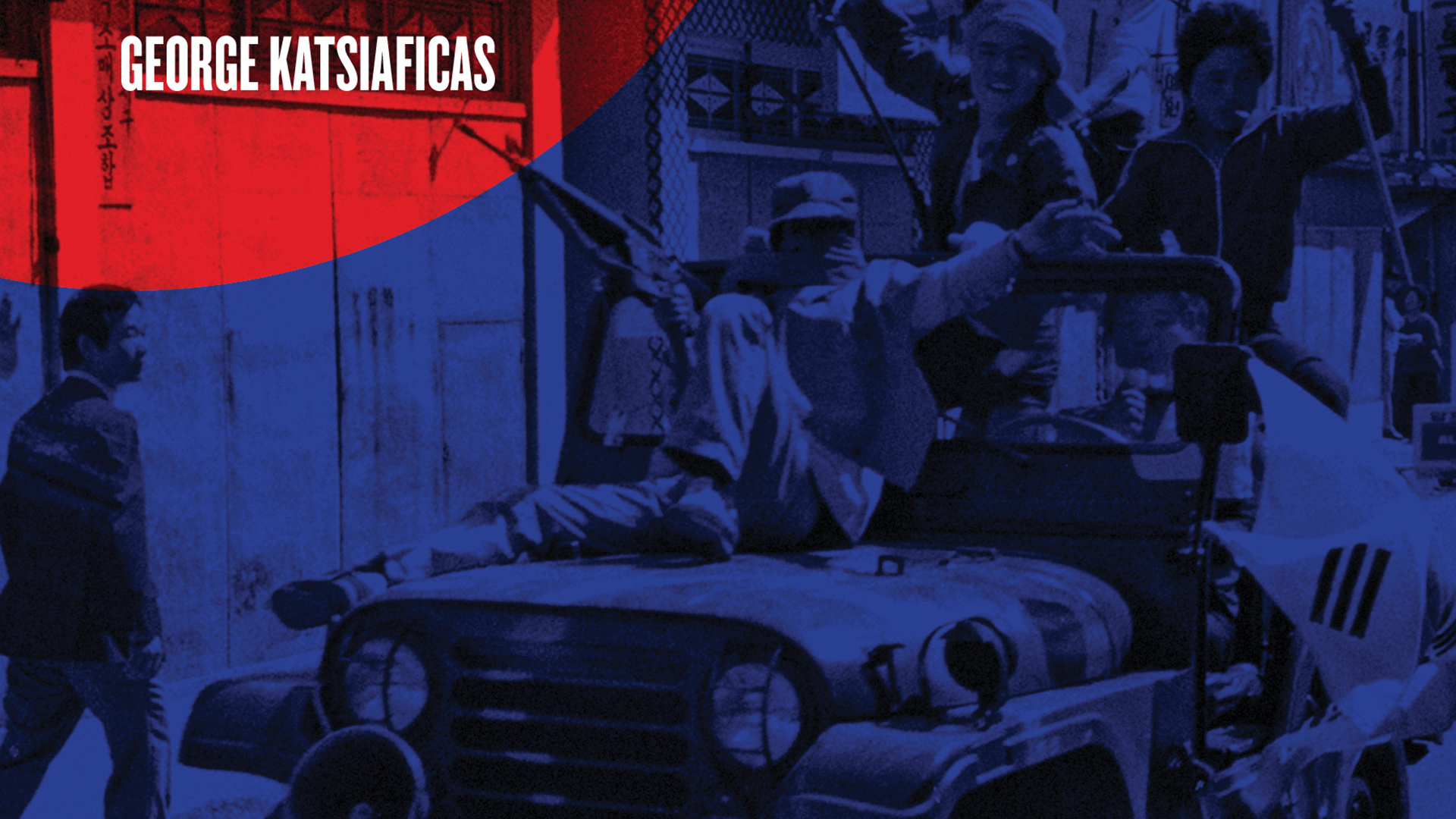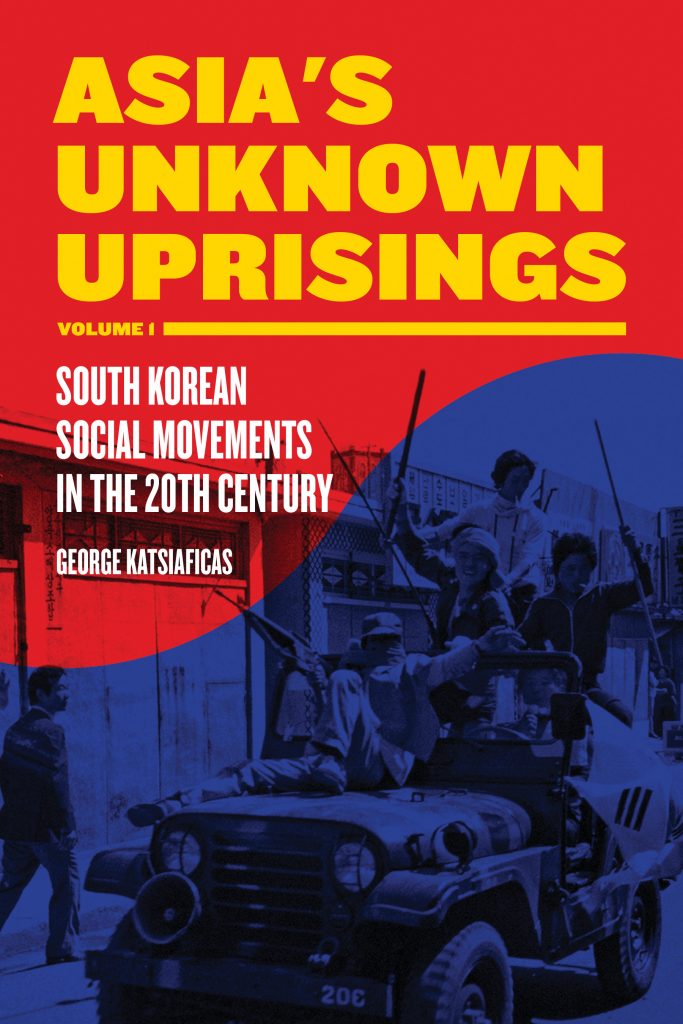By Juan L. Mercado
Philippine Daily Inquirer
February 22nd, 2014
“Suddenly, there they were,” Corazon Aquino marveled. A People Power uprising uprooted the 14-year-old Marcos dictatorship, avoiding bloodshed. She became Asia’s first ever woman president.
It was not always so.
The 28th anniversary of the Edsa Revolution, this week and next, recalls that those who backed the dictatorship then were powerful: the “Rolex 12” generals, a stamp-pad elections commission, cronies ranging from Eduardo Cojuangco to San Juan Mayor Joseph Estrada. Add the bejeweled “Blue Ladies.”

As People Power crowds massed in Manila, Cebu, Iloilo and Zamboanga, Filipino communists huddled in safe houses, paralyzed by ideological arthritis. The Ilocos region looked away. The revolution left these strange bedfellows stranded.
Clad in fatigues, Ferdinand “Bongbong” Marcos Jr. harangued partisans from a Malacañang porch. Less than 24 hours later, he was trundled into Hawaiian exile. Now 57, he sneers at Edsa as the “five percent revolution.” Can he buy, off the rack, the 2016 election with unrecovered Marcos loot?
Edsa’s flower-in-the-gun-barrel model is refracted from Mahatma Gandhi’s march to protest the salt tax in 1930. It sparked Czechoslovakia’s “Velvet Revolution” of 1988, Lebanon’s “Cedar Revolt” and Ukraine’s “Rose Uprising,” among others.
Did the Arab Spring, which started with uprisings in Tunisia, Libya and Yemen, fail? Three years on, not one country has become a stable democracy. Syria is wracked by civil war. Egypt’s elected president is behind bars.
“The region’s cohesive force is Islam, which—it is argued—cannot abide democracy,” the Economist wrote. The obituary is premature. It ignores “the long winter before… Most Arabs do not want to turn the clock back.”
Unlike Southeast Asians, Arabs can boast no philosopher-king who willingly nurtures democracy as the economy flourishes. “Instead, the dictator’s brothers and the first lady’s cousins cream the best businesses.”
The Arab Spring is better described as an awakening. “The real revolution is not so much in the street as in the mind.” Internet and thirst for education cannot coexist with old deadening dictatorships. “The journey may take decades. But it is welcome.”
Rites of remembrance are about “a fine line we tread to honor a difficult past,” Boston Globe columnist Ellen Goodman wrote. These exercises “are about the moral costs of both forgetting and remembering … injustice to lives lost or forever changed by brutal rulers…. Does remembering with undiminished intensity, over time, make us curators of our ancestors’ grievances? Can we honor the past without being trapped in it?”
As a martial law refugee, we worked at the UN Food and Agriculture Organization in Rome. Twice a day, Italian information officer Franca Steinmann copied us with AP, Reuters, etc. dispatches on Edsa’s gathering storm. Anxious Filipino staff members pored through them.
“When that SOB scrams, you need not come down. I’ll bring up the prints to you.” When Chinook helicopters lifted the Marcoses and cronies from Malacañang, ahead of the Edsa crowds, Franca was on leave. But Lola Camacho of Spain was immediately on the phone: “The Marcoses tucked tail, sir. I’m coming up with the wires now.”
Philippine Council of Agriculture chair Ramon Valmayor fidgeted in his visitor’s chair. Edsa 1 caught him in the midst of an official trip. “Relax, Mon. You can fly to Madrid now,” I said. “The Marcoses beat it.”
There are over 2,000 employees of 80 nationalities who work in FAO headquarters along the Aventino. That day, they swamped Filipino staff members with congratulations. Were the congratulations premature?
Leaf through this year’s publication of Asia’s Unknown Uprisings. This two-volume work is by George Katsiaficas, a PhD from the University of California who now works out of Boston. It details histories of uprisings, over five decades, in these Asian nations: the Philippines, Burma (Myanmar), Tibet, China, Bangladesh, Nepal, Thailand and India.
Katsiaficas reexamines Samuel Huntington’s projection of a “Third Wave” of democratization and tracks the impact on uprisings in Eastern Europe in the late 1980s. His work documents “the power of popular rebellions to change the conversation.”
“The Edsa Uprising showed an entrenched dictatorship can be toppled by nonviolence,” he notes. “It became a new tactic in the arsenal of people movements.”
That resurfaced in the 19-day June 1987 people’s revolt in South Korea, copied later by Taiwan. Thai students, who earlier occupied Thammasat University to defy the military junta, inspired Greek students to revolt against the Papadopoulos dictatorship. They took over Athens Polytechnic.
East European movements learned from the example set by Chinese workers and students brutally crushed in Tiananmen Square. In 1998, Indonesian students called their campaign “People Power” and overthrew the decaying three-decade-old Suharto regime.
Coup attempt after coup attempt here reveals the importance of the military. Through its conduct, the Philippine military—unlike its counterparts in Burma and Thailand—refrained from using overwhelming force against citizens to impose its views.
These Asian case studies show that “ordinary people, acting together in the best interest of society, embody a reasonability and intelligence far greater than elites which rule nation states and giant corporations.”
“People Power in the Philippines failed to transform underlying economic structures in society,” Katsiaficas wrote. “[But] it inspired movements around the world. That may well be its most lasting contribution.”
(E-mail: [email protected])







